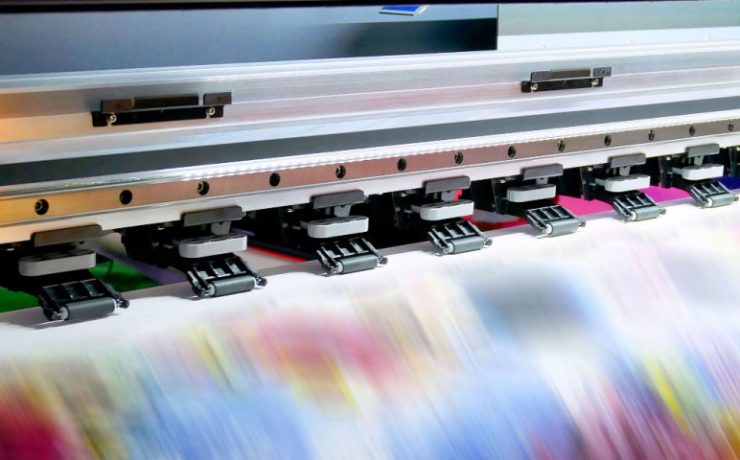


Print Reimagined: Trends Shaping the Industry in 2025 and Beyond

Cloud Migration Unpacked: Strategies for Overcoming the Biggest Roadblocks

Backup and Disaster Recovery Plans: The Unsung Heroes of Business
Businesses should be making backup and disaster recovery a priority from the start because it is one of the most efficient ways to ensure your business does not suffer major data loss, unexpected and costly downtime or lower your chances at surviving a major disaster.

The Art of Network Design
Networks are a pillar for everyday business functions and a network with a well-planned design to meet your business’s needs will perform these functions better. This is where network design comes in, this is when IT professionals take the time to evaluate, plan and map

Embracing Cloud Computing
“[The] Cloud is about how you do computing, not where you do computing.” –Paul Maritz, VMware CEO Cloud computing has been around for quite some time and has had a steady effect on the way we do business. In layman’s terms, cloud computing is the

Production Printing: Alive and Thriving
A common misconception is that print is done and while we might be flooded with technology and digital marketing, print still has its place in everyday business and has a significant impact both financially and influentially. Need proof? Check out these stats gathered by printful.com

Mitigate the Risk: The Importance of Risk Assessments
There are plenty of factors that go into maintaining and protecting a business to ensure future stability and success. While it is important to focus on the positives and how to achieve this overall growth it is equally important to focus on the possibility of

